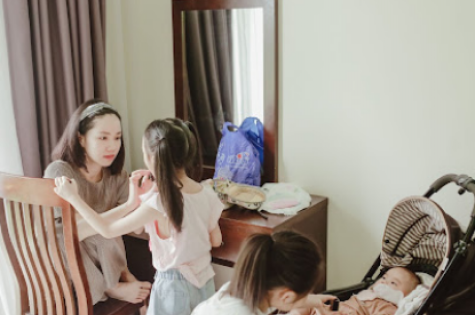Raising a child is one of the most rewarding things you can do, but it is undoubtedly also one of the most expensive. With that said, several governments around the world try to make it more feasible by offering citizens tax subsidies and other government-funded financial assistance to help reduce the costs. If you are a citizen of Australia, for example, you can receive the Australian Child Care Subsidy.
As the main way that the government assists families with paying for child care needs, the CCS works as a type of fee reduction for the cost that you have to pay to whatever provider that you take your child to. With that in mind, you may be wondering what else there is to know about CCS. If so, then you are in luck. Check out these six points that you should know.
1. All Providers Need Government Approval
Not just any place can be a child care provider. Before you can choose a child care provider for your child, the law requires CCS approval. Furthermore, the approval process itself can be quite comprehensive. Before the government grants a provider the right to receive CCS payments, the facility must pass several screenings, background checks and inspections.
2. Immunisation Is Necessary
Before your family can receive CCS payments, you must prove that your son or daughter is current on his or her immunisations against common childhood diseases. Currently, there are 13 diseases for which children must have their vaccines before receiving CCS benefits. Some immunisations include chickenpox, hepatitis B, measles, mumps, polio, rubella, tetanus and whooping cough, among others.
3. Online Tools Can Be Helpful
For figuring out how much of a CCS payment your family can expect to receive, it can be useful to turn to online tools to calculate all the finances. For example, a childcare calculator is a top favorite among many Australians. The reason for this is because the calculator works by looking at how much work your and/or your partner do, your combined family income and your child care fees.
4. CCS Mostly Supports Primary School Students
In most cases, only primary school students are eligible for the CCS payments. This usually means that secondary students are excluded from the program. With that said, the law does allow for a few exceptions. For example, students who attend secondary school and are also the age of 13 may still qualify for CCS if they require supervision. Children 14 to 18 with disabilities are also eligible.
5. Extra CCS Support May Be Available
Depending on your situation, you may also be eligible for extra help from the Australian government. With the Additional Child Care Subsidy option, the government pays an additional payment to families on top of the standard CCS for certain situations. In total, there are three situations that can qualify; you may be eligible if you are a grandparent, transitioning to work or experiencing financial hardship.
6. You Must Confirm Enrolment Before Payment
In order for the Australian government to process your CSS payment, you need to confirm your son or daughter's enrolment at whatever provider you have chosen for him or her. To do this, wait until you receive your assessment notice. Then, double-check that the information is correct on the notice. You may do this via the Centrelink online system through the CCS myGov website.
At the end of the day, CCS provides a vital resource to millions of Australian families around the country. To find out what you need to do to apply, make sure to visit the CCS official website for the latest updates and processes that can routinely change.















__small.png)










